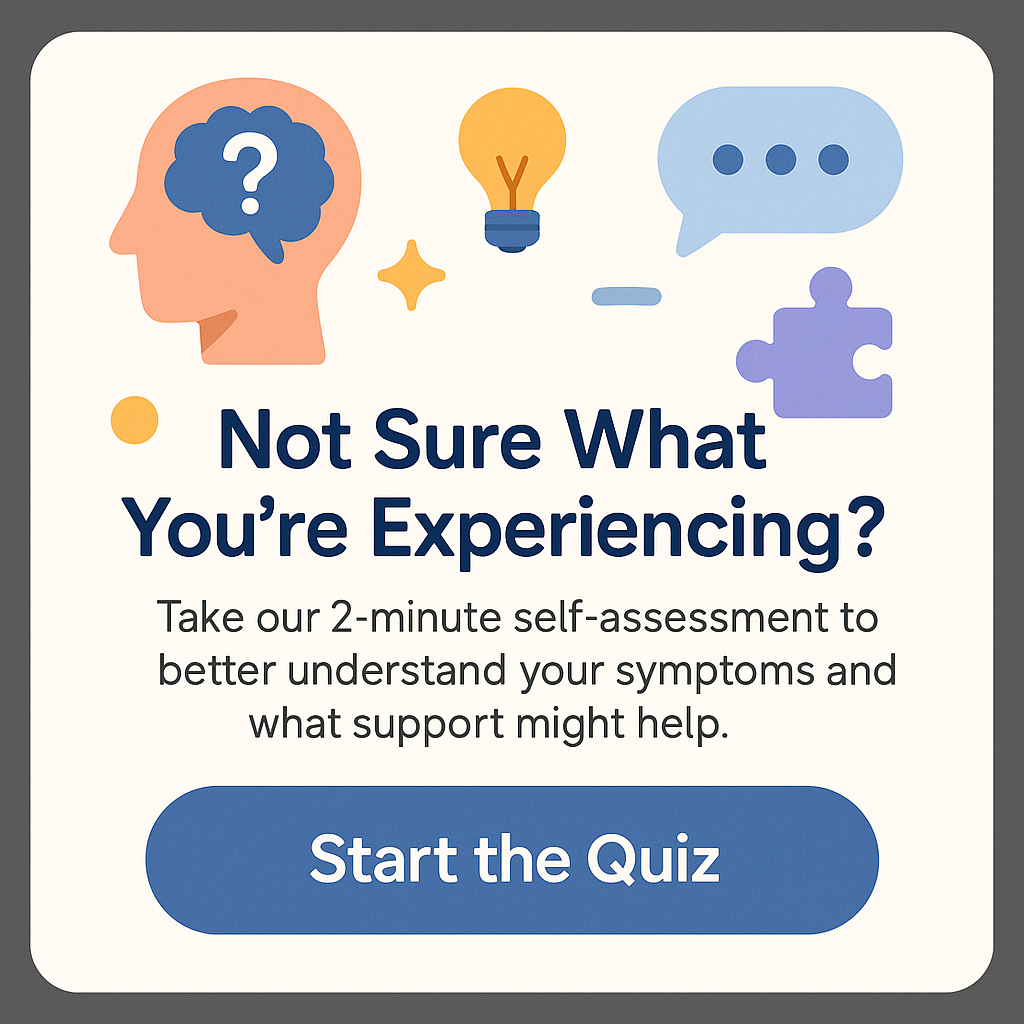Can People with Autism Drive?
Can people with autism drive? This question often arises among individuals with autism, their families, and society as a whole. It’s essential to understand that autism is not a monolith; it encompasses a range of behaviors, skills, and challenges that vary widely from one person to another. Driving can represent a pathway to independence for many, and understanding whether and how individuals on the autism spectrum can learn to drive is crucial in navigating not just personal choices but also societal attitudes towards autism.
Driving involves a complex set of cognitive, sensory, and motor skills. It requires focus, quick reflexes, and the ability to process multiple streams of information simultaneously. While these can present unique challenges for some individuals with autism, many find that with the right support, techniques, and practice, they can become competent drivers. This article explores the nuances around the question, “Can people with autism drive?” and offers insights into experiences, recommendations, and considerations for those seeking to navigate the open road.
Understanding Autism and Driving
The relationship between autism and driving capabilities can be multifaceted. Autism Spectrum Disorder (ASD) affects individuals differently, with variations in social interaction, communication, and behavior. Some drivers with autism may excel in one area, like visual processing, while facing challenges in others, such as social awareness and response to changing scenarios on the road. This complexity means that anyone considering driving should undertake a holistic assessment of their skills relative to driving requirements.
Studies show that individuals with autism may have differences in sensory processing and executive functioning. Sensory processing refers to how the brain interprets and responds to sensory information, which may affect how someone reacts to lights, sounds, and movement while driving. Executive functioning includes skills such as planning, organization, and impulse control, which are critical for safe and responsible driving. That said, many individuals with high-functioning autism or those who require fewer accommodations can and do drive successfully.
Moreover, driving can enhance personal autonomy for individuals on the spectrum, giving them greater control over their mobility and social lives. With the increased independence that comes from driving, many individuals can explore job opportunities, educational institutions, and leisure activities beyond their immediate vicinity. So, can people with autism drive? The answer is often yes, but it depends heavily on the individual. Moreover, learning to drive can be a highly rewarding experience when approached with the correct strategies and supports.
Skills and Considerations for Driving with Autism
For many, the thought of learning to drive can evoke a mix of excitement and anxiety. Children and adults with autism can develop the necessary skills for driving, but preparation is key. Here are some important considerations to keep in mind when addressing the question, “Can people with autism drive?”
Understanding Driving Regulations and Requirements
Before embarking on the journey to acquire a driver’s license, it’s crucial to understand the local laws and regulations regarding driving. As requirements can vary significantly from region to region, individuals with autism should clarify any special provisions and testing accommodations available. Some areas may offer tailored assessments for those with disabilities, including autism. This could be beneficial for people who may struggle in a traditional driving test setting.
Additionally, consulting a healthcare professional or a certified driving instructor familiar with autism can be immensely beneficial. They can assess an individual’s abilities and provide insights regarding any potential challenges that might arise. Some driving schools specialize in training drivers with special needs. These programs may offer personalized lessons designed to build confidence, create safety awareness, and improve driving skills.
Developing Driving Skills
Once a clear understanding of the regulations is established, individuals can start honing their driving skills. Here are a few strategies that could enhance the driving experience for people with autism:
- Start with Simulation: Drive simulators or video games that mimic driving conditions can serve as excellent tools for learning vehicle control and road rules without the stress of actual driving.
- Break Down Tasks: Learning to drive can be overwhelming. Breaking the experience into smaller, manageable tasks— like starting the car, operating controls, and understanding traffic signs—can greatly facilitate learning.
- Practice in Safe Environments: Initially practicing in low-traffic areas can lessen pressure and build confidence. Gradually introducing more complex driving situations can help the learner adapt without feeling rushed.
- Use Visual Aids: Many individuals with autism are visual learners. Using charts, diagrams, or even color-coded signs can enhance understanding of driving concepts such as right-of-way rules or navigation approaches.
Moreover, regular practice with a patient, understanding adult can make a world of difference. This adult should ideally be familiar with the learner’s specific challenges to provide tailored feedback and encouragement.
Challenges and Support Systems for Drivers with Autism
While many individuals with autism successfully learn to drive, they may confront specific challenges that necessitate a robust support system. Addressing these challenges thoughtfully can ensure that driving remains a positive experience.
Common Challenges Faced by Drivers with Autism
Several common roadsblocks can arise for individuals on the autism spectrum:
- Sensory Overload: Traffic conditions, loud noises, and bright lights can overwhelm some individuals. Taking breaks or learning to manage these stimuli effectively may be necessary.
- Social Interaction: Interacting with other drivers, pedestrians, and police officers can be particularly challenging. Training to handle potential social scenarios can be beneficial.
- Executive Functioning Issues: Difficulty in multitasking or managing time can often hinder driving. Regularly practicing situational awareness and developing routines can help improve overall driving experience.
For many, successfully overcoming these challenges means developing personalized coping strategies that can also improve social skills over time. This creates a win-win scenario: acquiring driving skills while simultaneously fostering personal growth.
Role of Family and Community Support
A strong support network can mean everything. Family members play a vital role in not only providing encouragement but also in helping their loved ones navigate obstacles. Creating a driving plan that involves family members as support can enhance reliability and ensure that learners feel secure as they gradually gain independence.
Community programs supporting individuals with autism can also bolster confidence. Many local organizations offer driving workshops geared towards increasing awareness and understanding of driving among people with autism. Participating in group activities can create a sense of belonging and cultivate valuable friendships.
The Future of Driving and Autism: Insights and Advancements
The conversation around whether people with autism can drive is evolving. As advancements in technology continue, it is worth investigating how innovations could positively impact driving for individuals on the autism spectrum.
Autonomous Vehicles and Driving Independence
One significant development on the horizon is the rise of autonomous vehicles, which could revolutionize the landscape of driving for individuals with autism. Self-driving cars could potentially offer a safe and reliable form of transportation, freeing those who struggle with traditional driving from navigating challenges related to sensory overload, multitasking, and social anxiety.
While the widespread adoption of autonomous vehicles is still in the future, it’s an area of research and development that shows promise. If these technologies become available, they may offer unprecedented independence for many individuals with autism, impacting their lives socially, economically, and emotionally.
Advocating for Accessibility and Understanding
The importance of accessibility and understanding the unique needs of individuals on the spectrum cannot be overstated. Advocating for inclusive driving education and raising awareness about the capabilities of people with autism can shift societal perceptions. Creating a more supportive environment can promote better outcomes for aspiring drivers and ease their journeys toward independence.
Community engagement can drive meaningful change, influencing public policies and encouraging driving instructors, regulators, and technology developers to consider how best to support individuals with autism. Enhancing community awareness will foster a more inclusive atmosphere, encouraging everyone to focus on abilities rather than limitations.
Conclusion
So, can people with autism drive? The answer is framed by individual capabilities, support systems, and resources available for skill development. With appropriate training, patience, and robust support, many individuals with autism can navigate the roads successfully and enjoy the freedom that driving brings. Additionally, leveraging advancements in technology and advocating for awareness can further extend driving opportunities for individuals on the spectrum. As our understanding of autism continues to evolve, so too will the opportunities for individuals with autism to seize the open road. Driving can be more than just a means of transportation; for many, it’s a pivotal step towards independence and personal growth.
FAQs
1. Can all individuals with autism drive?
Not all individuals with autism may be suited for driving due to their unique challenges. It depends on their cognitive, sensory, and motor skills, as well as their overall comfort with the process.
2. What kind of support can families offer to individuals with autism learning to drive?
Families can provide encouragement, practice support, and help navigate challenges. Creating a structured learning environment can enhance the learning experience.
3. Are there specialized driving schools for individuals with autism?
Yes, many regions offer specialized driving schools or programs that cater specifically to learners with disabilities, including autism.
4. How can technology assist individuals with autism in driving?
Technology such as driving simulators and eventually autonomous vehicles may aid learners by reducing sensory overload and enhancing overall safety.
5. What advances in awareness or regulations support driving for individuals with autism?
There is a growing movement toward creating inclusive driving regulations, awareness campaigns, and programs that support individuals on the autism spectrum in developing driving skills.
Is Autism a Disability? Understanding the Spectrum
How Much Does an Autism Diagnosis Cost in Canada?
Who Carries the Autism Gene, Mother or Father? Discover the Truth







